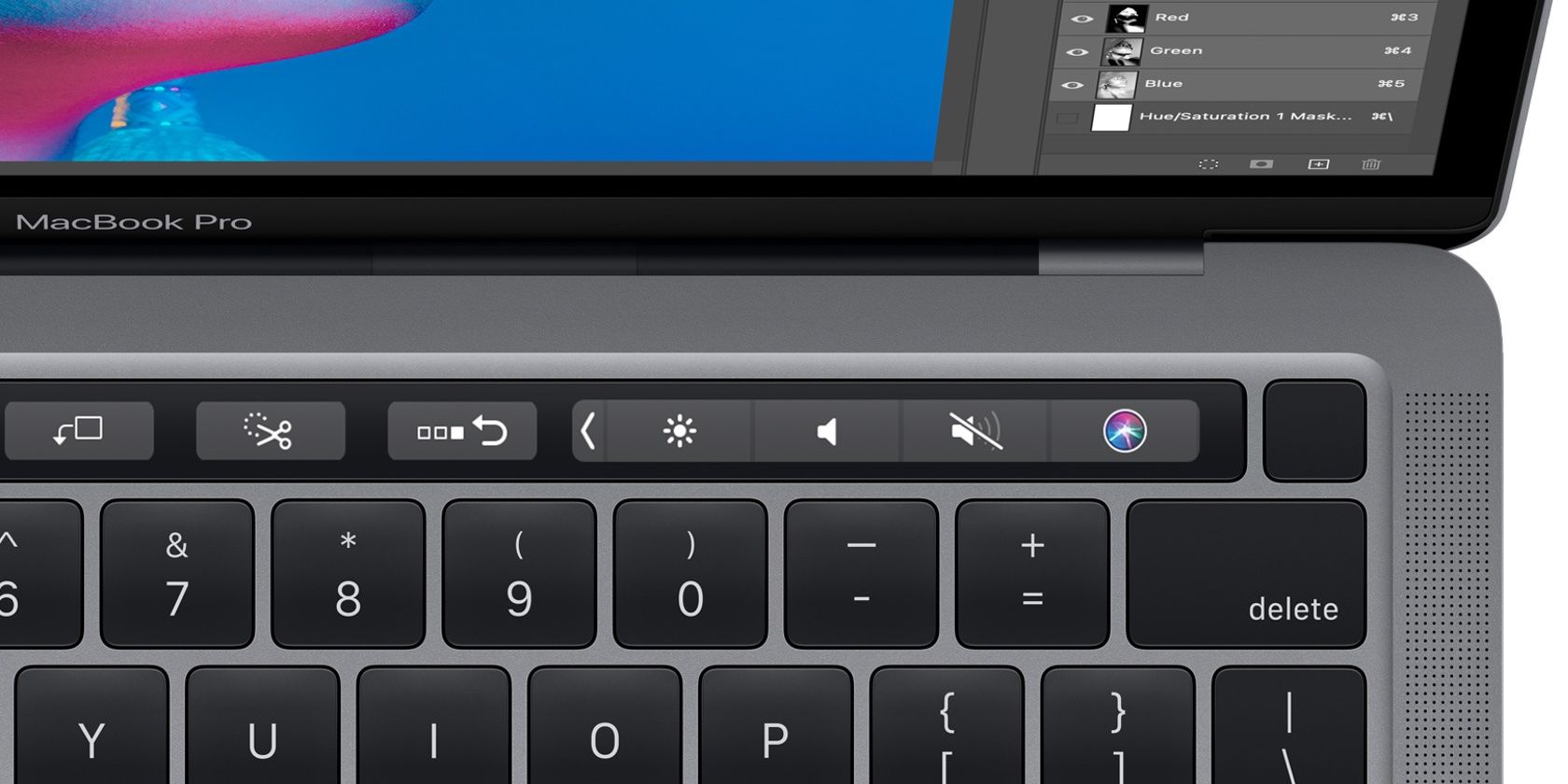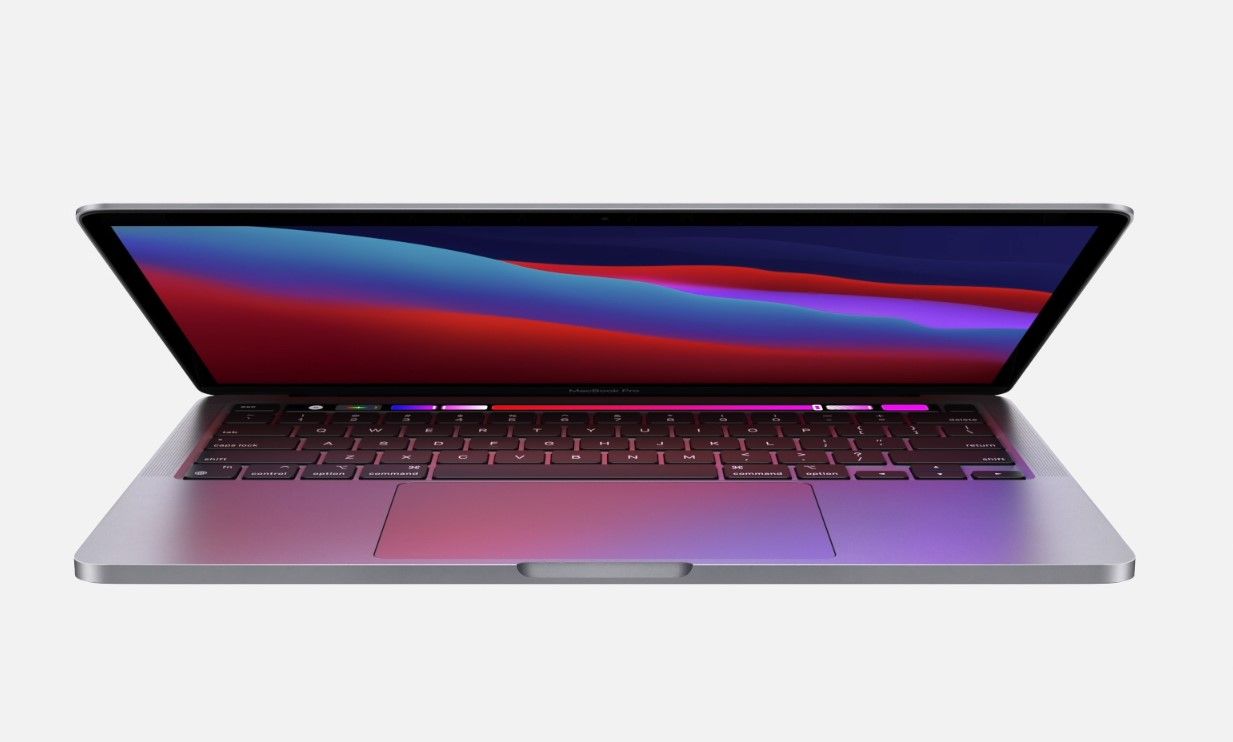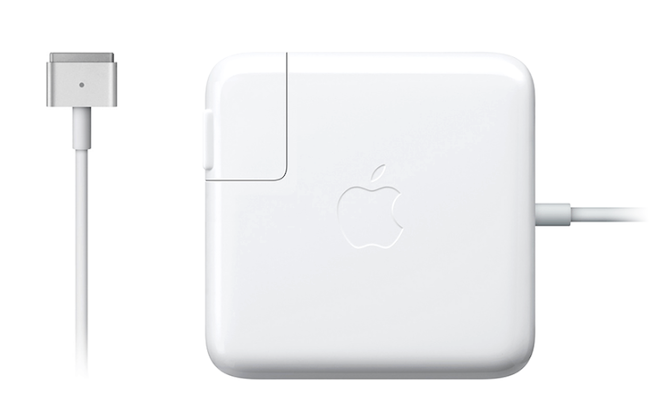Apple will reportedly refresh its MacBook Pro notebook lineup with a pair of overhauled models in 14- and 16-inch size options, around the middle of the year.
The upcoming computers are expected to ditch the curved edges of the current MacBook Pros for flat edges similar to the iPhone 12, according to TFI Securities analyst Ming-Chi Kuo. The refreshed notebooks will bring an "all-new design form factor," the revered Apple analyst writes in a research note to investors, seen by MacRumors.
The research note goes on to mention a few other perks that have the potential to make this the biggest MacBook Pro overhaul in years. Some of them include using next-generation Apple silicon, adding more ports, removing the controversial Touch Bar, and bringing back the convenient MagSafe connector, among other newsworthy predictions.
Kuo is the most reliable Apple analyst out there.
Say Goodbye to the Touch Bar
Unsurprisingly, the new machines are said to swap the Touch Bar (finally!) for the physical function keys, including a physical Escape key. The Touch Bar debuted on the fourth-generation MacBook Pro, which launched in October 2016.
On all models but the base one, the Touch Bar supplants the physical function key row with a touchscreen OLED strip. This design allows the Touch Bar to display a set of controls that dynamically change as you move from one app or task to another.
Though it doesn't suffer from serious discoverability issues like 3D Touch, the iPhone's defunct pressure-sensing display layer, customers haven't exactly embraced the Touch Bar in droves. And who can blame them? It's often a lot faster to press a dedicated keyboard shortcut or choose a menu option than it is to touch a shortcut in the Touch Bar.
Making matters worse, interacting with the Touch Bar forces you to look away from the main screen. So far, the Touch Bar's been a pretty distraction rather than a convenient time-saver.
MagSafe Charging Is Making a Comeback!
Kuo claims Apple's beloved MagSafe connector will be making a comeback (not to be confused with the MagSafe accessories for the iPhone 12). Having debuted on the 2006 MacBook Pro, MagSafe was phased-out from Apple's entire notebook offering by early 2019. Instead of sending your pricey Apple notebook flying across the room, the breakaway magnetic cord would safely disconnect should someone happen to trip over it.
Due to its convenience, reviving MagSafe for the upcoming MacBook Pro should be awesome news for a whole lot of people. It'll be interesting seeing how Apple implements MagSafe because all its notebooks have transitioned to USB-C. Theoretically speaking, MagSafe could be utilized for charging, freeing up one of the USB-C port for other uses.
For what it's worth, Mark Gurman of Bloomberg has corroborated Kuo's analysis. Citing a person with knowledge of the plans, Gurman added more context around MagSafe:
The return of MagSafe with the next MacBook Pros will also allow those laptops to charge at a faster rate. The connector will be similar to the elongated pill-shaped design of the older MagSafe port. Despite moving away from USB-C for charging, Apple will still include multiple USB-C ports on its future Macs.
These MacBook Pros will also have brighter screens with higher contrast, Gurman claims.
Additional I/O Types, Fewer Dongles
Kuo's research note makes yet another small but important prediction: Apple may be bringing back some of the legacy ports. A few years back, the company ditched a plethora of I/O ports from the MacBook Pro to replace them with USB-C counterparts. As a result, all MacBook Pro models released since 2016 onward have only offered USB-C ports.
That being said, however, we're still not living in a future where everything is exclusively USB-C. Bringing back some of those I/O options means customers, especially power users, will no longer need to purchase pricey dongles to supplement the available USB-C ports.
Powered by Next-Generation Apple Silicon
These upcoming 14- and 16-inch notebooks will be reportedly powered by next-generation Apple silicon featuring more CPU cores and enhanced graphics. According to Kuo, Apple will not be providing Intel-based counterparts to those machines at all. In November 2020, Apple began transitioning Macs from Intel processors to its in-house designed chips.
The Mac mini, 13-inch MacBook Pro, and MacBook Air file as the first devices with Apple's M1 laptop chip. If Gurman is correct, Apple may also be planning a redesigned MacBook Air. That one, however, is not expected to be released until "long after the next MacBook Pros."
Image Credit: Apple



